Fresh produce, artisanal goods, and community gatherings don’t need to hibernate when winter arrives. Despite seasonal challenges, some remarkable locations across the United States have created thriving year-round farmers’ markets.
These markets provide local food regardless of the weather outside. These markets have become essential fixtures in their communities, supporting local agriculture and providing fresh options when grocery store shelves might otherwise offer only imported alternatives.
Here is a list of 15 places where you can experience the farmers’ market culture throughout all four seasons, rain, shine, or snow.
Pike Place Market
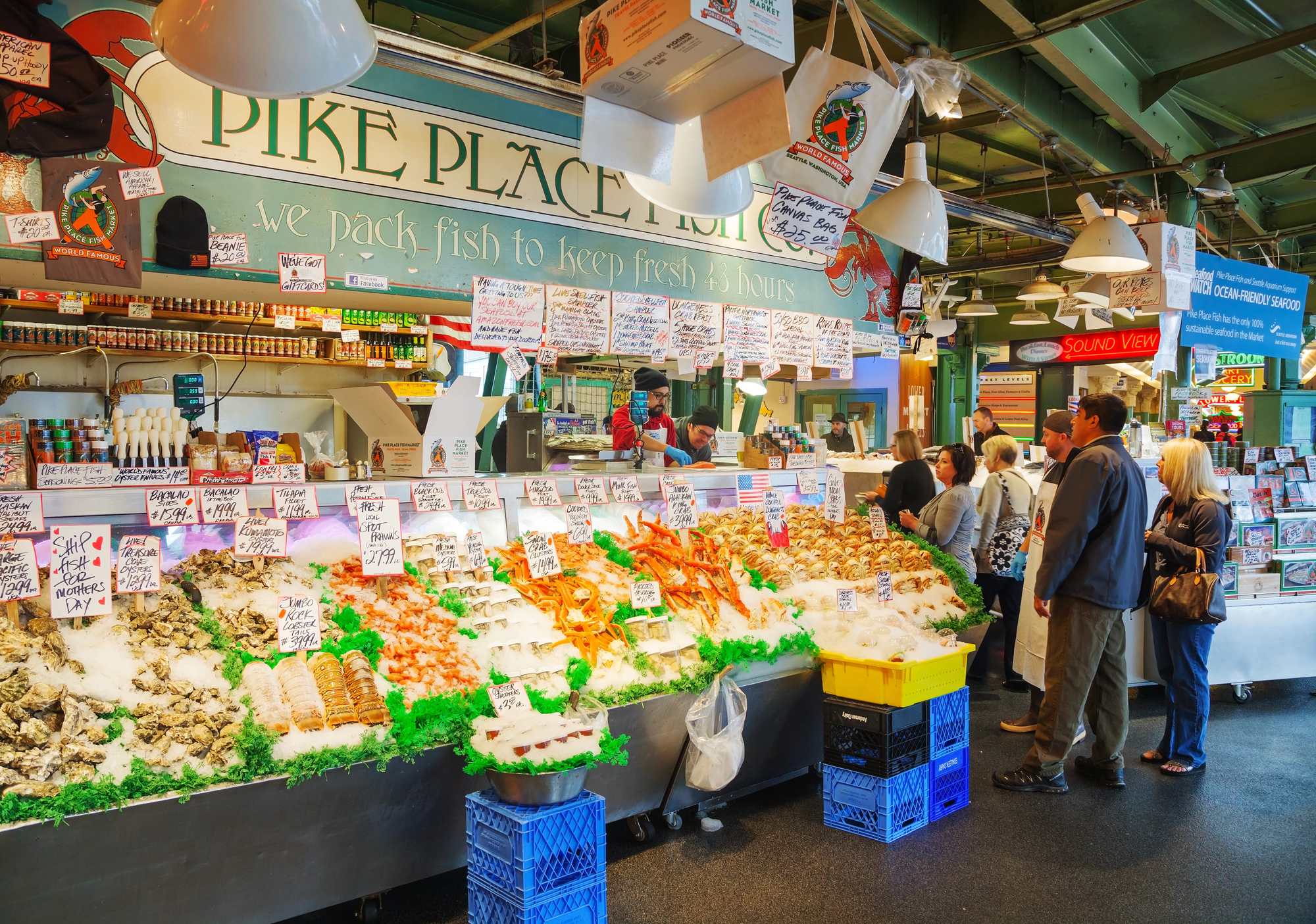
Seattle’s iconic marketplace has operated continuously since 1907, making it one of America’s oldest farmers’ markets. The historic 9-acre market remains open 363 days a year and houses over 200 independent businesses and 80 local farmers.
Even during the Pacific Northwest’s notorious rainy season, vendors arrange their rainbow displays of produce, fresh-caught seafood, and handcrafted goods under the market’s protective covering.
Ferry Building Marketplace
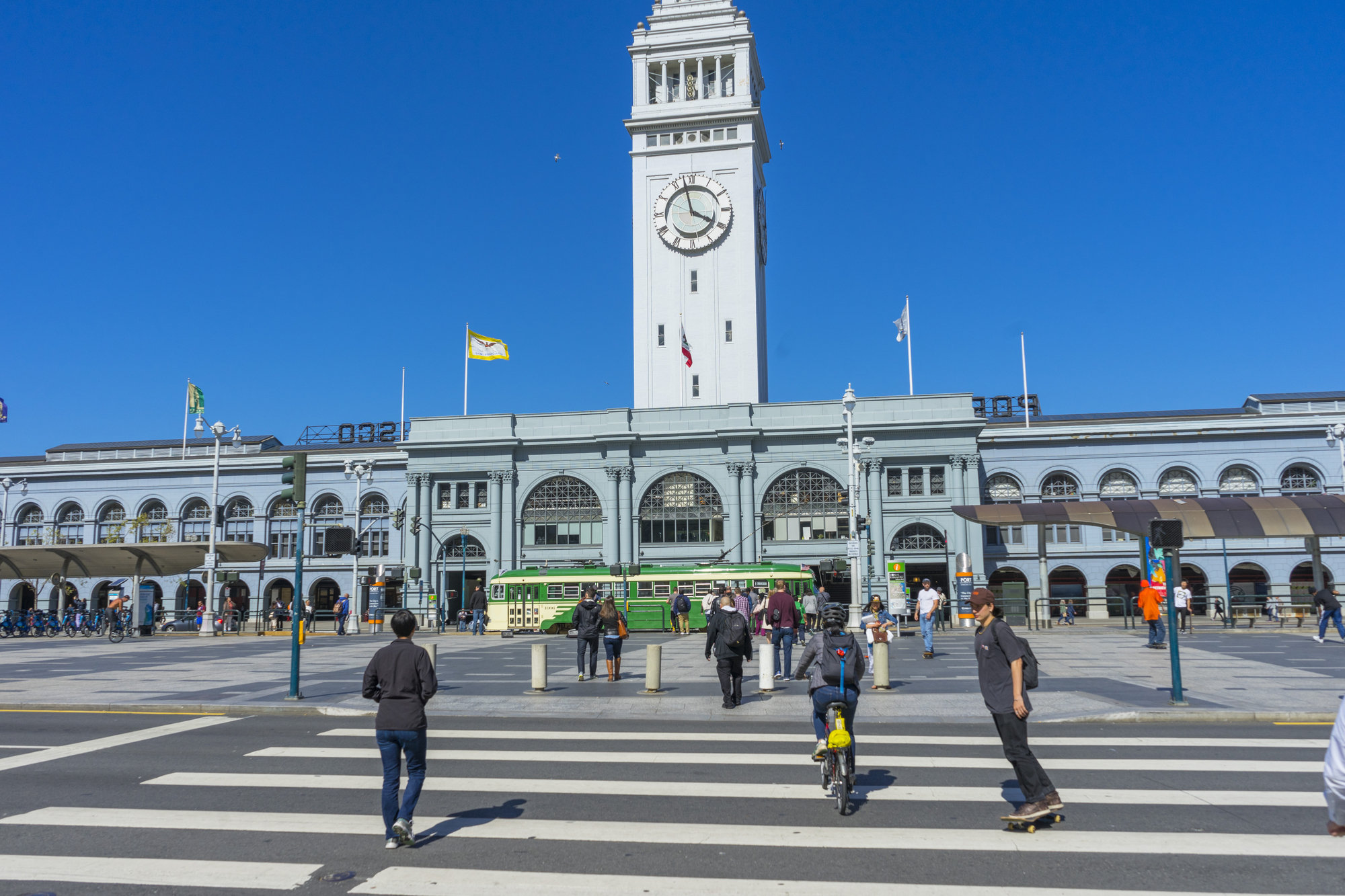
San Francisco transformed this transportation hub into a permanent home for dozens of local food producers and farmers. The market expands outdoors on Tuesdays, Thursdays, and Saturdays, but the indoor marketplace remains open daily throughout the year.
Local climate advantages mean Bay Area farmers can grow an impressive variety of crops year-round, bringing everything from winter citrus to summer berries, depending on the season.
Union Square Greenmarket
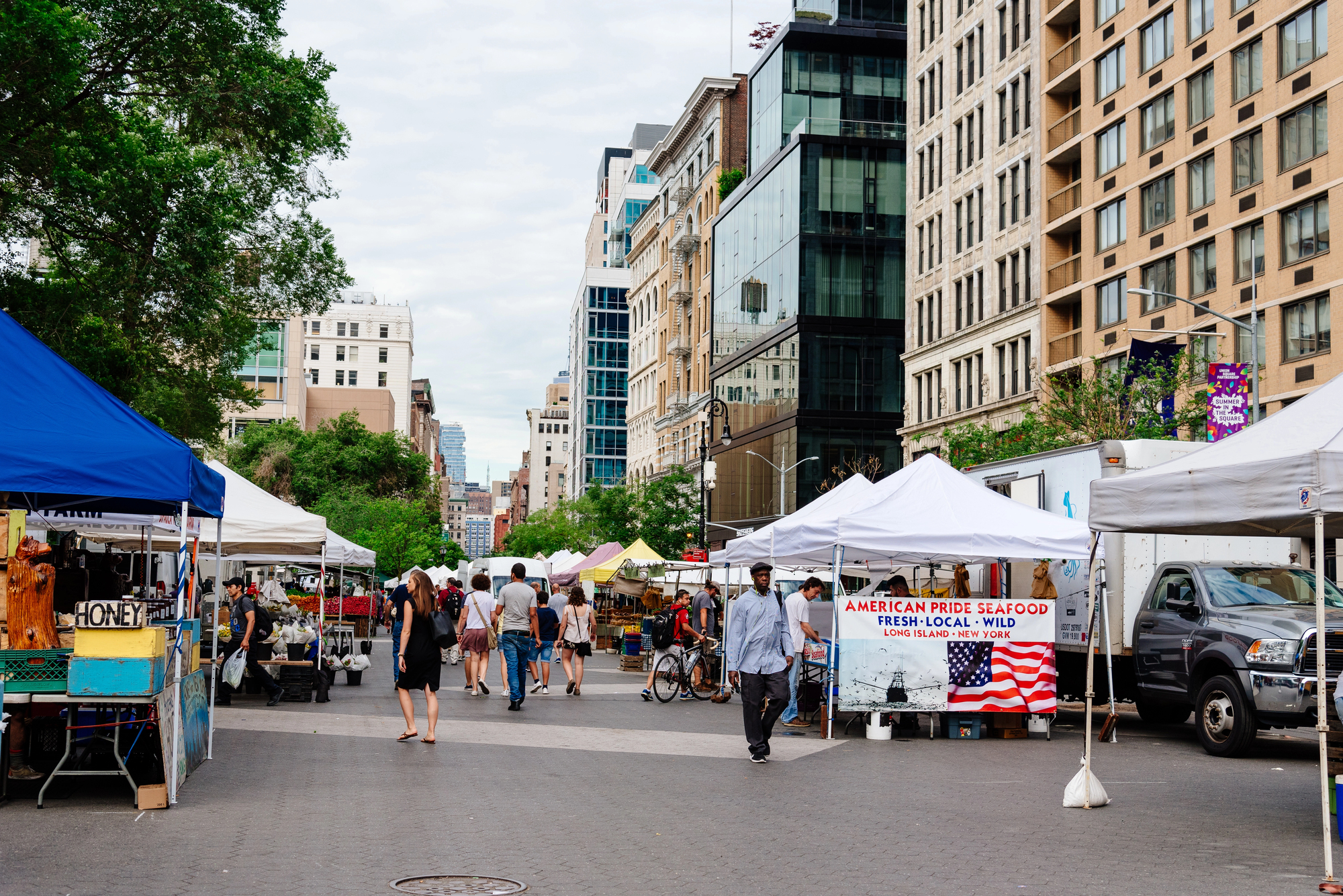
This New York City institution operates four days a week regardless of Manhattan’s sometimes brutal weather conditions. During fierce winter storms, dedicated vendors have been known to brush snow off their tents and continue selling hardy storage crops, greenhouse-grown greens, and preserved seasonal specialties.
The market’s central location makes it a chef favorite, with many high-end restaurants sourcing ingredients directly from its vendors.
Like Travel Pug’s content? Follow us on MSN.
Santa Monica Farmers’ Market

The temperate coastal climate of California provides excellent conditions for year-round growing, all of which are showcased by this market of impressive diversity in every season. The open Wednesday markets over the years have been running since 1981, drawing more than 9,000 shoppers every week.
One can find strawberries in January or Brussels sprouts in July; such absolute contradictions in seasonal eating expectations.
St. Paul Farmers’ Market
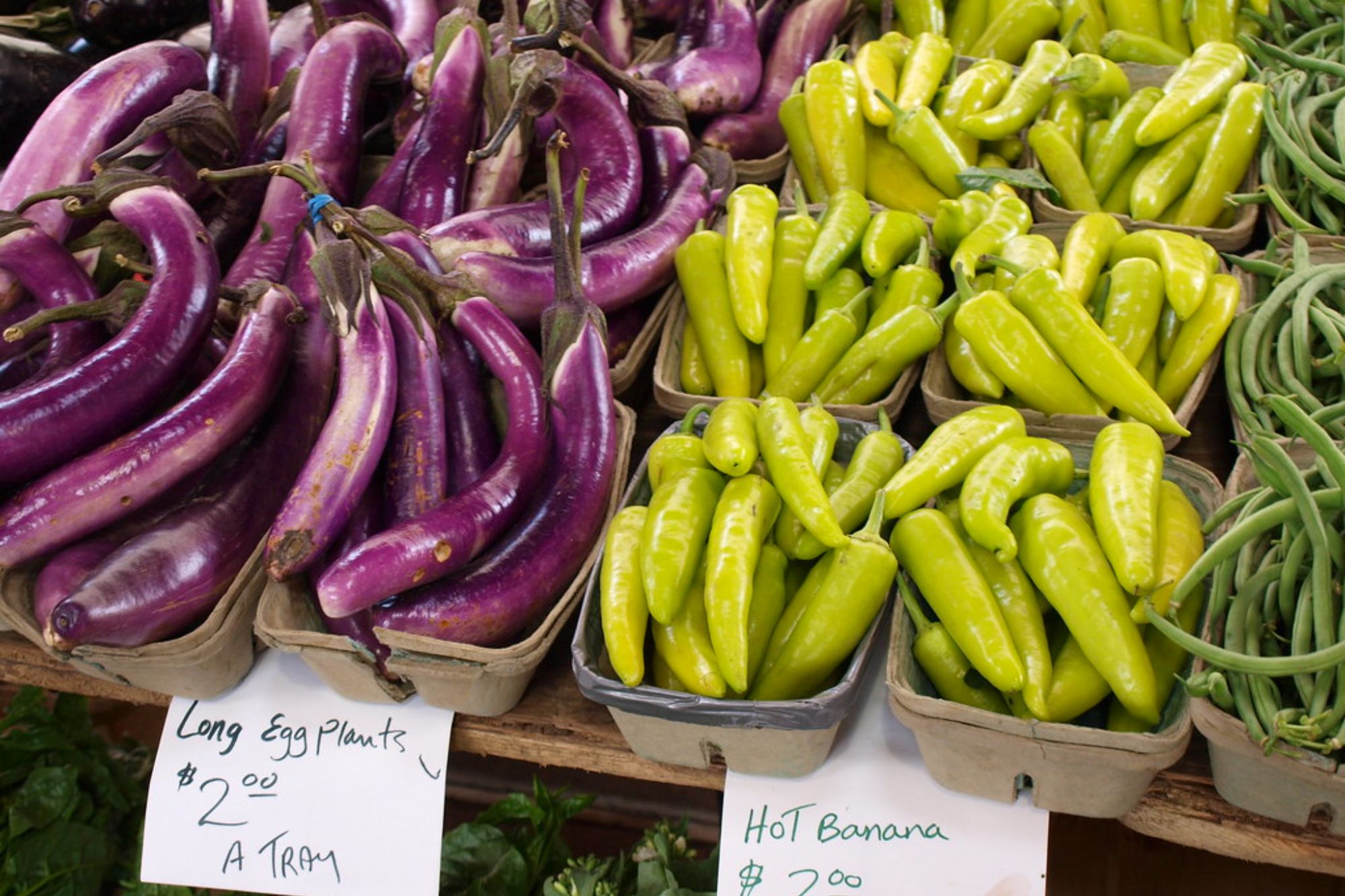
Minnesota winters don’t stop this market’s dedicated vendors, who move operations indoors from December through April. The market has operated continuously since 1852, adapting to seasonal extremes while supporting over 230 local producers.
During the coldest months, shoppers find greenhouse vegetables, frozen berries, maple products, and meat from local farms—all produced within a 50-mile radius.
Eastern Market
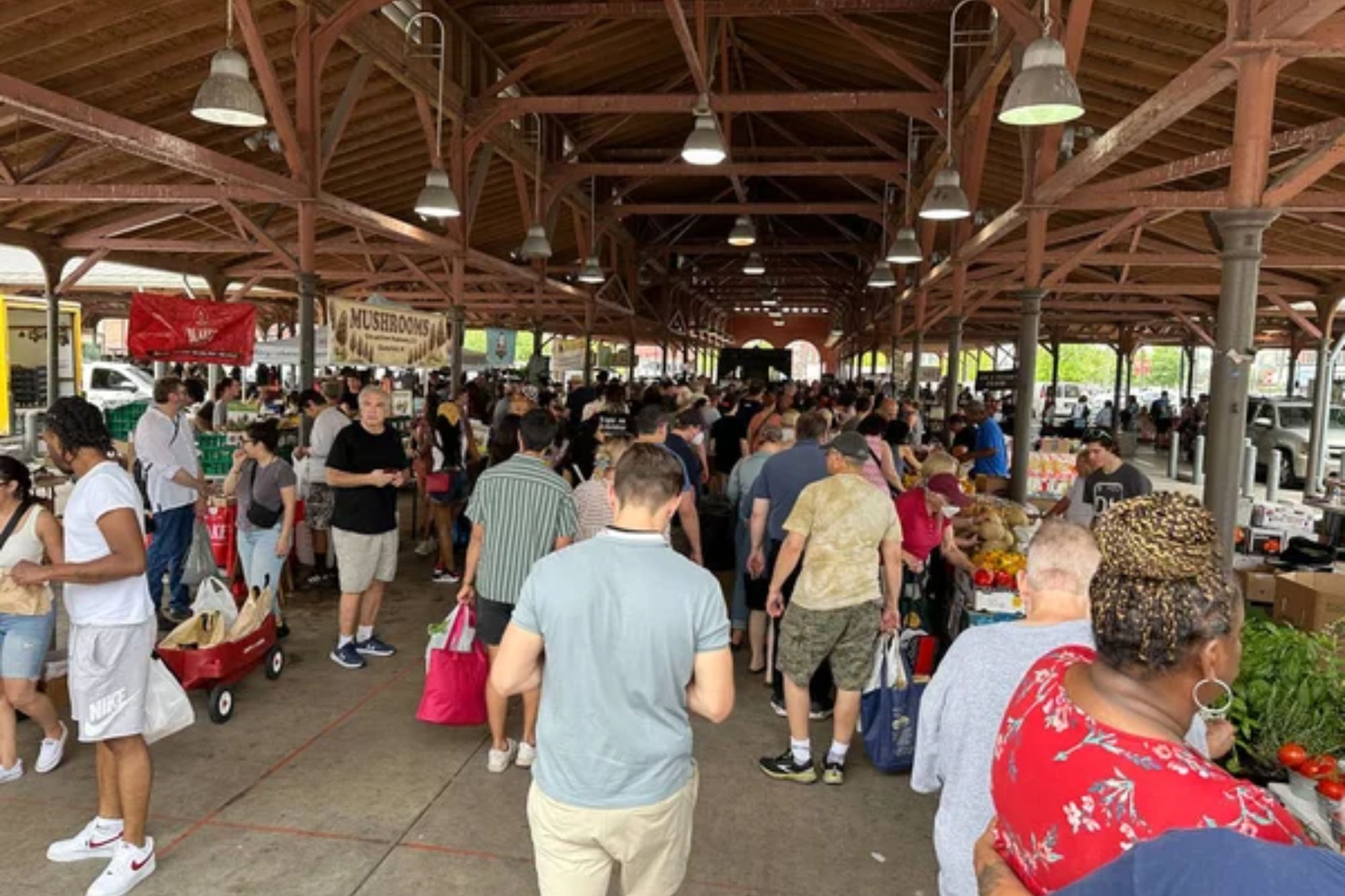
Detroit’s historic market district functions like an everyday farmers’ market, with Saturday drawing the largest crowds. The market adapts to Michigan’s variable climate by utilizing both indoor and outdoor spaces across its 43-acre complex.
Even in January, you’ll find winter produce, freshly butchered meats, and prepared foods from vendors who have operated family businesses there for generations.
Like Travel Pug’s content? Follow us on MSN.
Lancaster Central Market
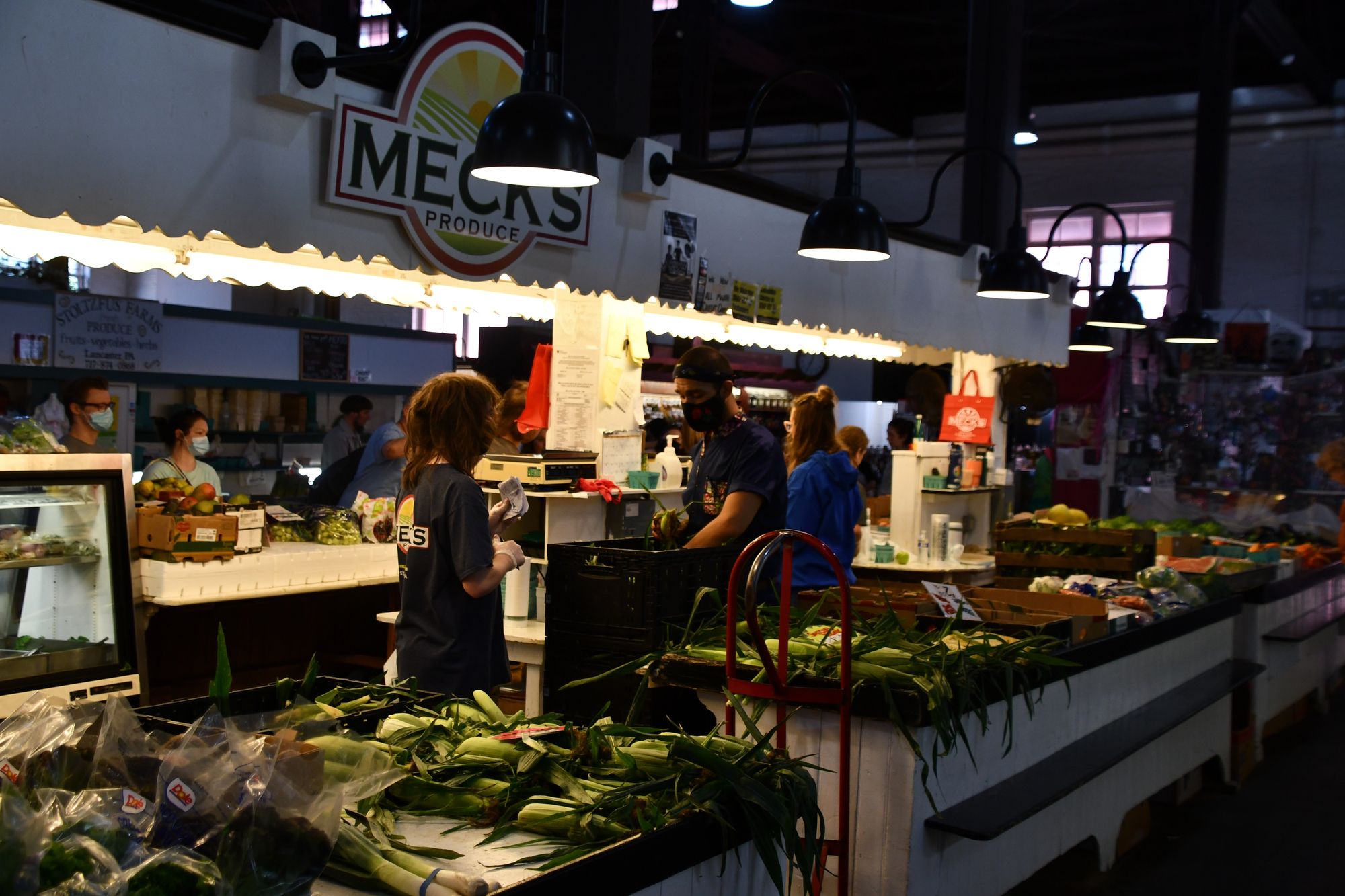
Pennsylvania’s Dutch country is home to the nation’s oldest continuously working farmers’ market, housed in a lovely red-brick building dating to 1889. Having endured through every season since 1730, this market is operational year-round every Tuesday, Friday, and Saturday.
During the winter months, shoppers enjoy protection from Pennsylvania’s often unforgiving elements while browsing the Amish-made goods, local produce, and regional specialties like scrapple and chow chow.
Portland Farmers Market at PSU
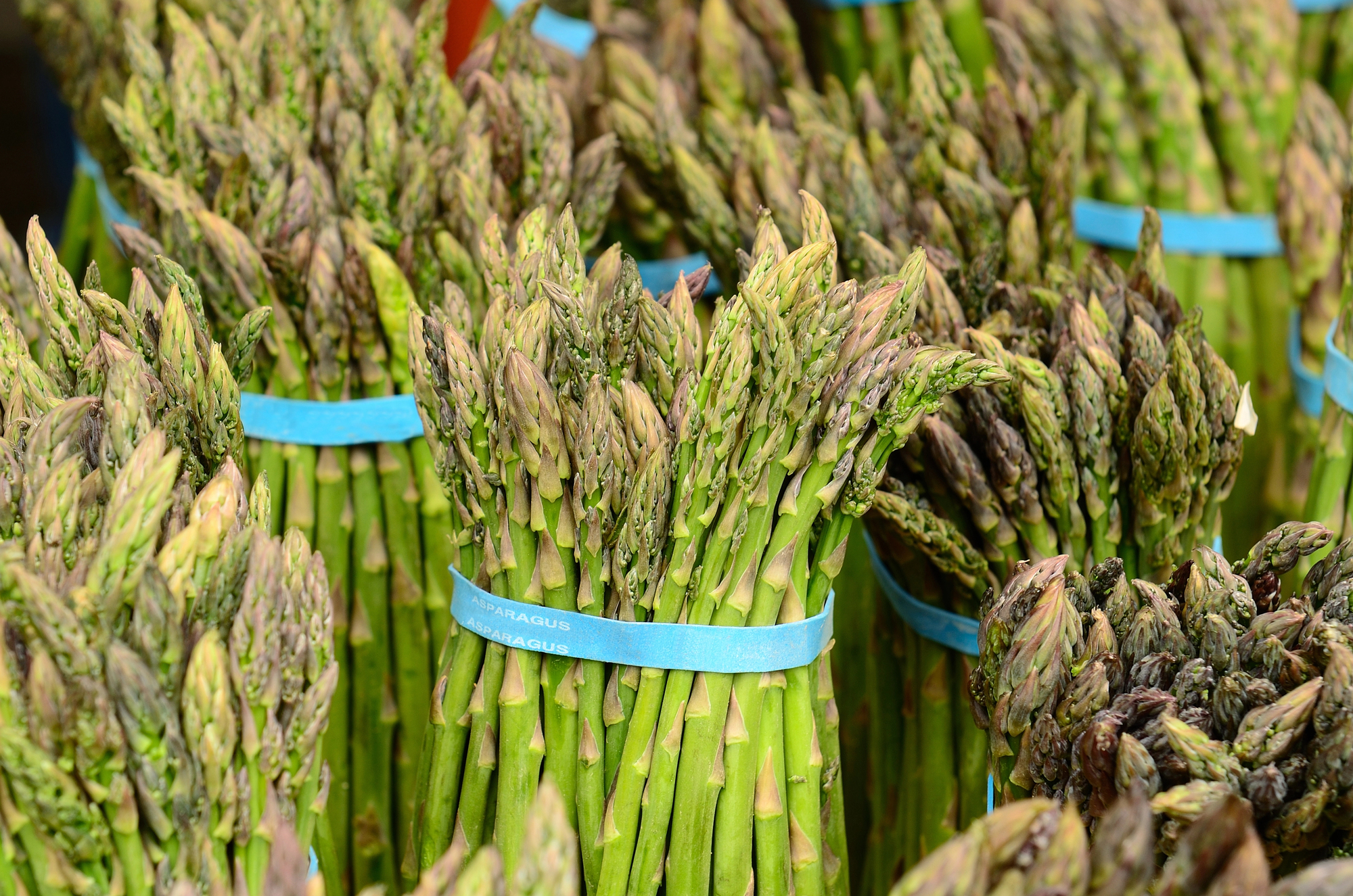
Oregon’s flagship farmers’ market relocates to a covered location during the winter months, but never ceases operations. The market’s philosophy emphasizes ‘true seasonal eating,’ encouraging shoppers to adopt root vegetables and hardy greens during colder months.
At peak season, this market hosts over 200 vendors selling everything from foraged mushrooms to artisanal cheeses produced within 100 miles.
Alemany Farmers’ Market
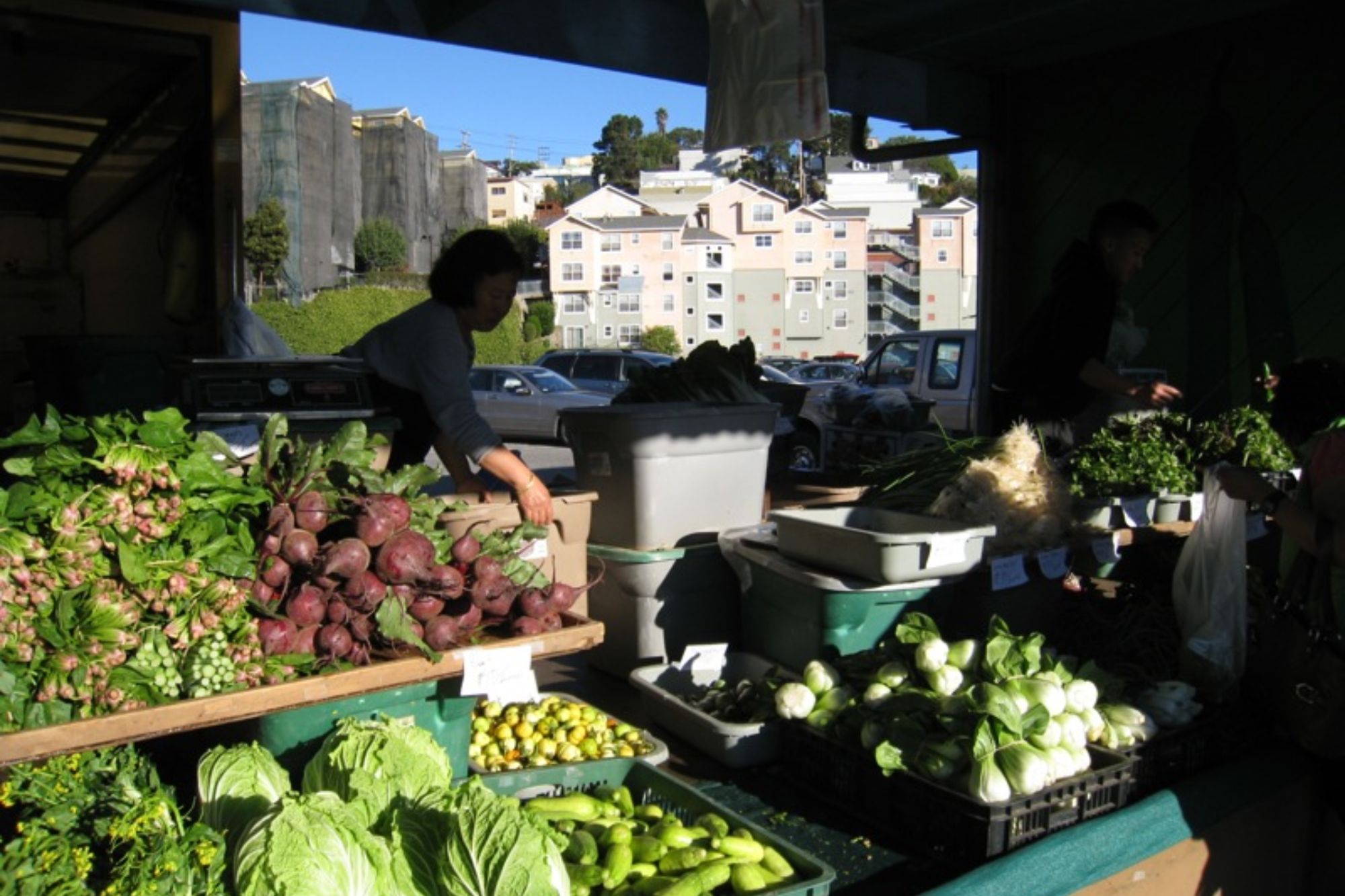
San Francisco’s ‘people’s market’ has operated year-round since 1943, making it California’s first farmers’ market. Every Saturday, regardless of weather, farmers arrive before dawn to set up stalls overflowing with affordable produce.
The market’s remarkable diversity reflects the city itself, with vendors selling specialty Asian greens, Hispanic peppers, and Mediterranean herbs alongside traditional American farm products.
Like Travel Pug’s content? Follow us on MSN.
Reading Terminal Market
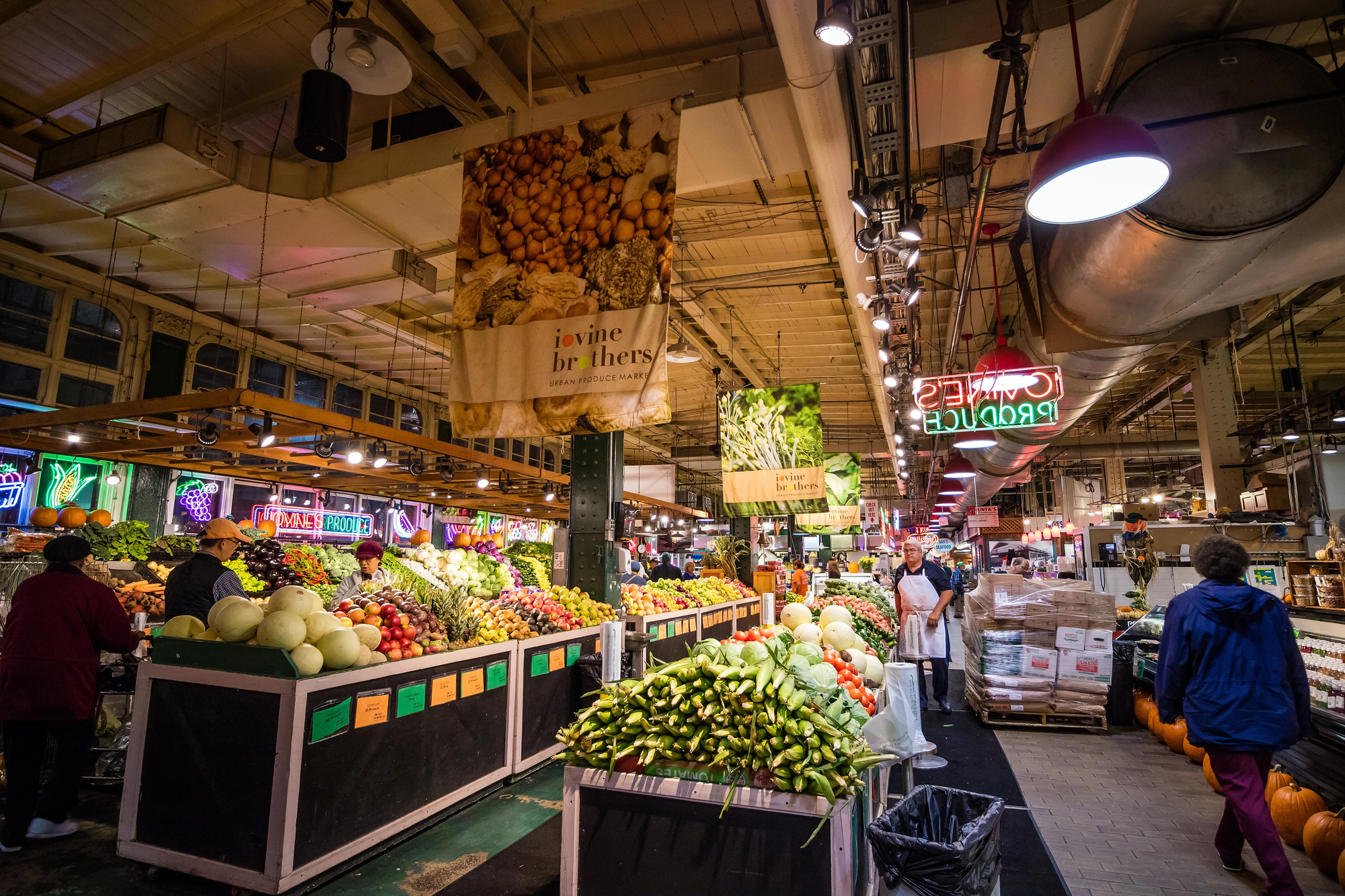
Philadelphia’s enclosed market occupies a former railroad terminal building, providing the perfect shelter for year-round operations. Over 80 independent merchants sell fresh produce, Amish specialties, and prepared foods within the historic structure.
The market’s central location and climate-controlled environment make it a reliable food source through Pennsylvania’s snowy winters and humid summers.
Boston Public Market
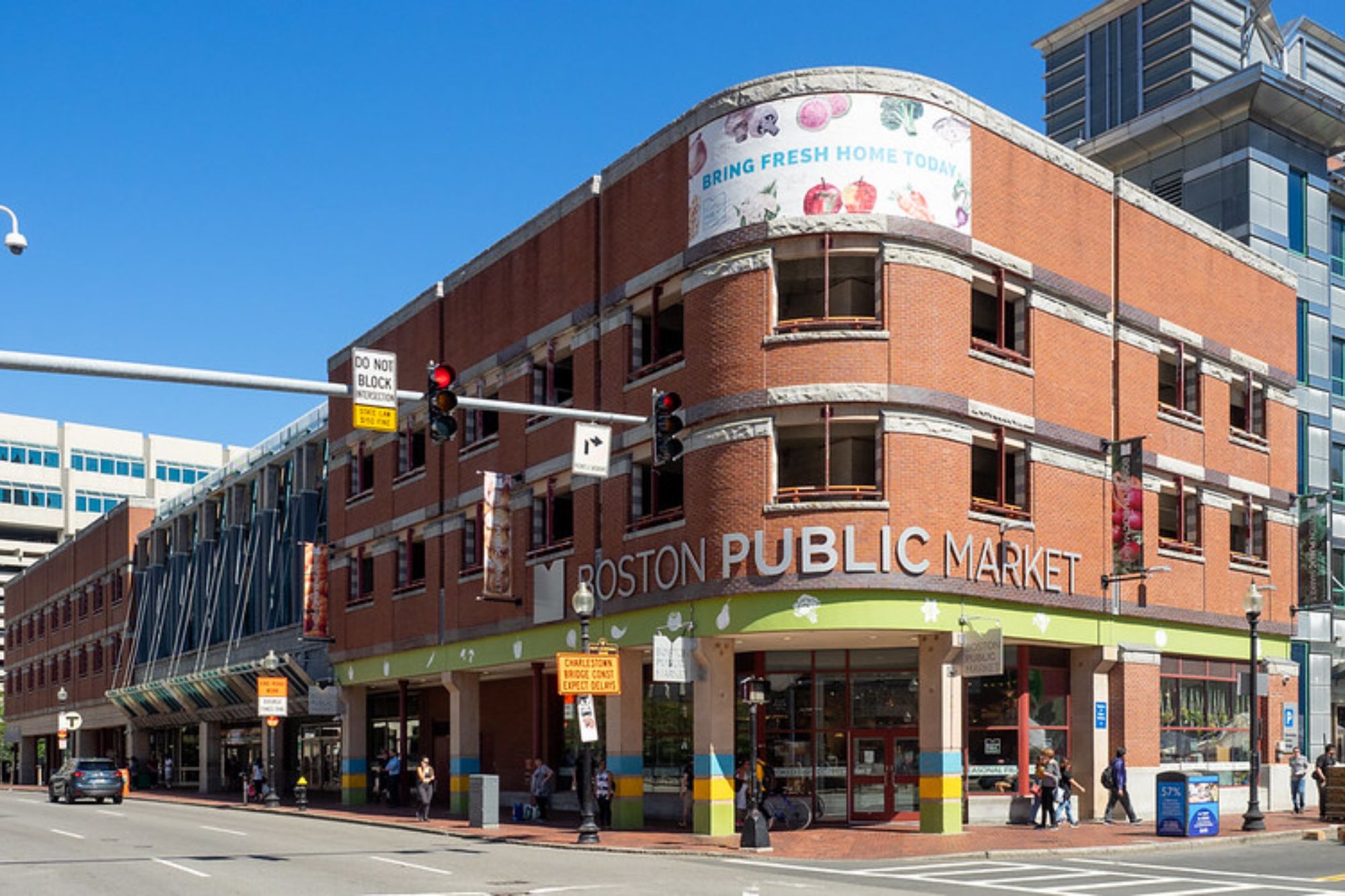
This newer addition to the year-round market scene opened in 2015 but has quickly become a New England institution. The permanently housed marketplace features exclusively New England-sourced food from about 35 vendors.
Through innovative cold storage and greenhouse technology, local farmers maintain impressive variety even during harsh New England winters when traditional growing seems impossible.
Santa Fe Farmers’ Market
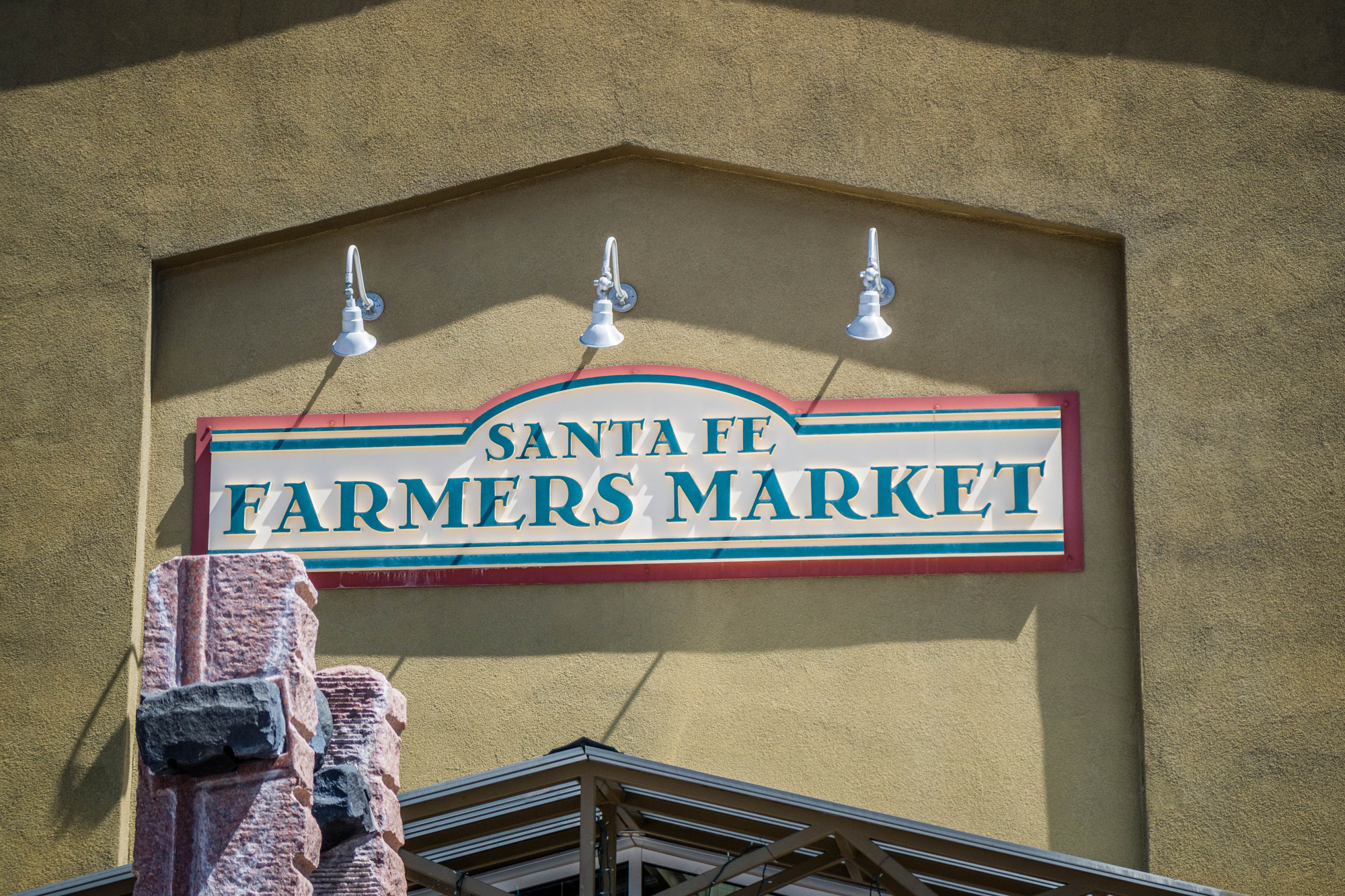
New Mexico’s high desert climate presents growing challenges that local farmers have ingeniously overcome. The year-round Saturday market features produce grown using season-extension techniques like hoop houses and cold frames.
The market’s permanent pavilion protects shoppers from both winter storms and intense summer sun, allowing the community to gather comfortably regardless of outside conditions.
Like Travel Pug’s content? Follow us on MSN.
Nashville Farmers’ Market
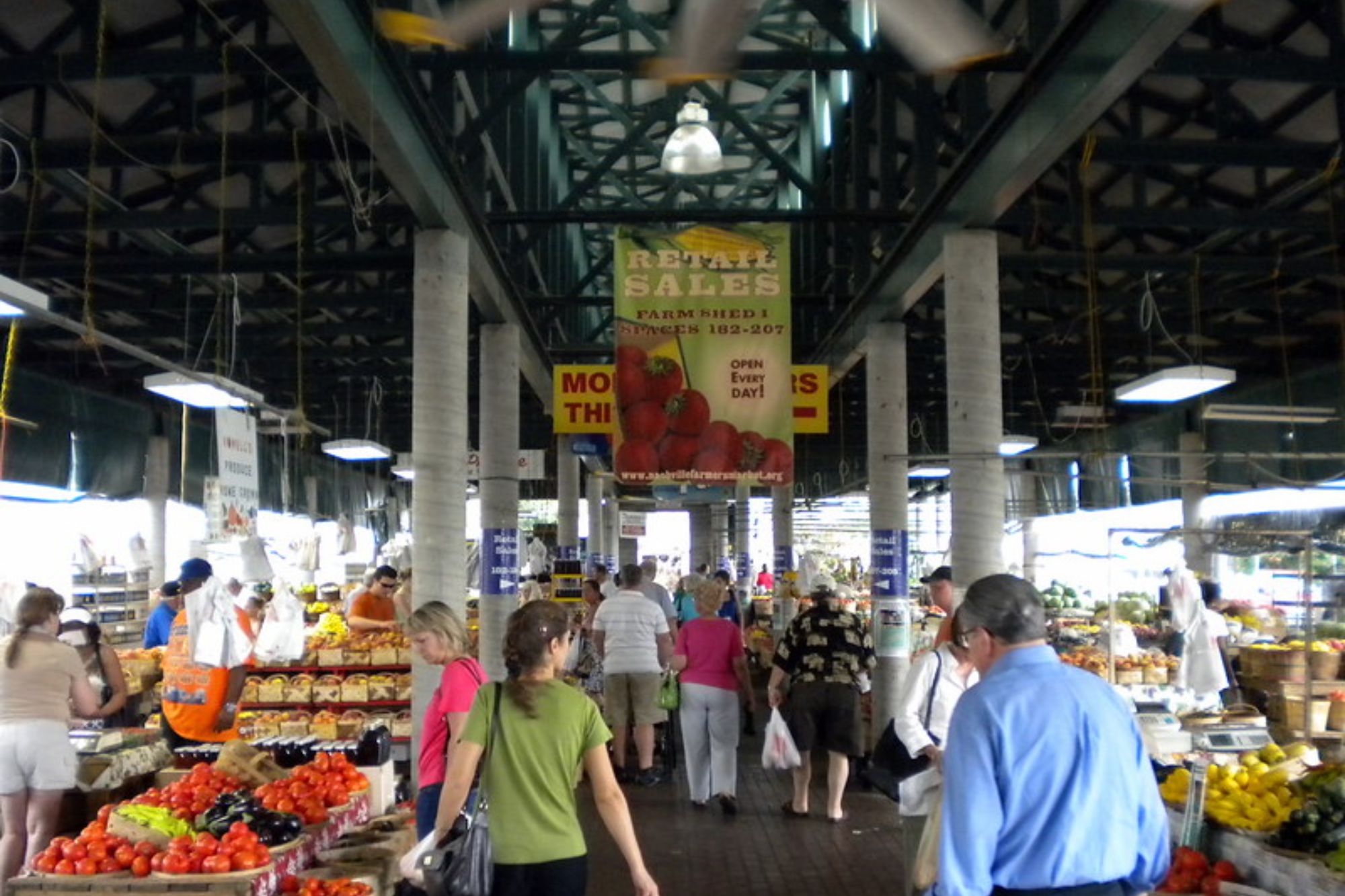
Tennessee’s variable climate hasn’t stopped this market from operating continuously since the early 1800s. The market combines a daily farm shop area with weekend producer-only markets under permanent open-air sheds.
During winter months, root vegetables and greenhouse greens dominate, while summer brings an explosion of fruit and vegetable diversity from farms across Middle Tennessee.
Downtown Phoenix Farmers Market
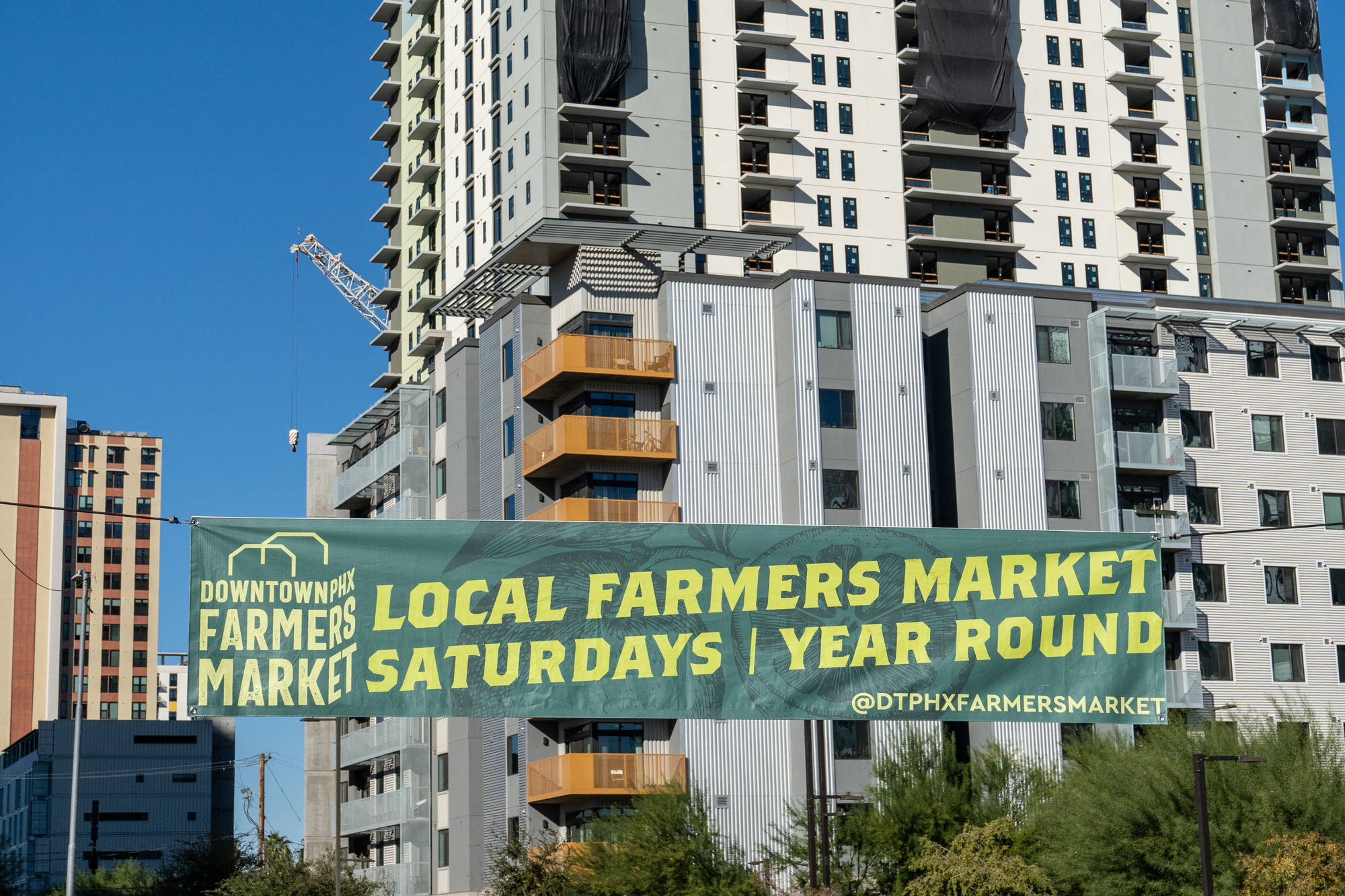
Arizona’s intense summer heat presents a different kind of seasonal challenge than most markets face. This year-round operation adapts by shifting to earlier hours during summer months when temperatures regularly exceed 100 degrees.
Winter brings perfect growing conditions for many crops, transforming the market into a produce paradise just when northern markets are struggling with limited options.
Milwaukee Winter Farmers Market
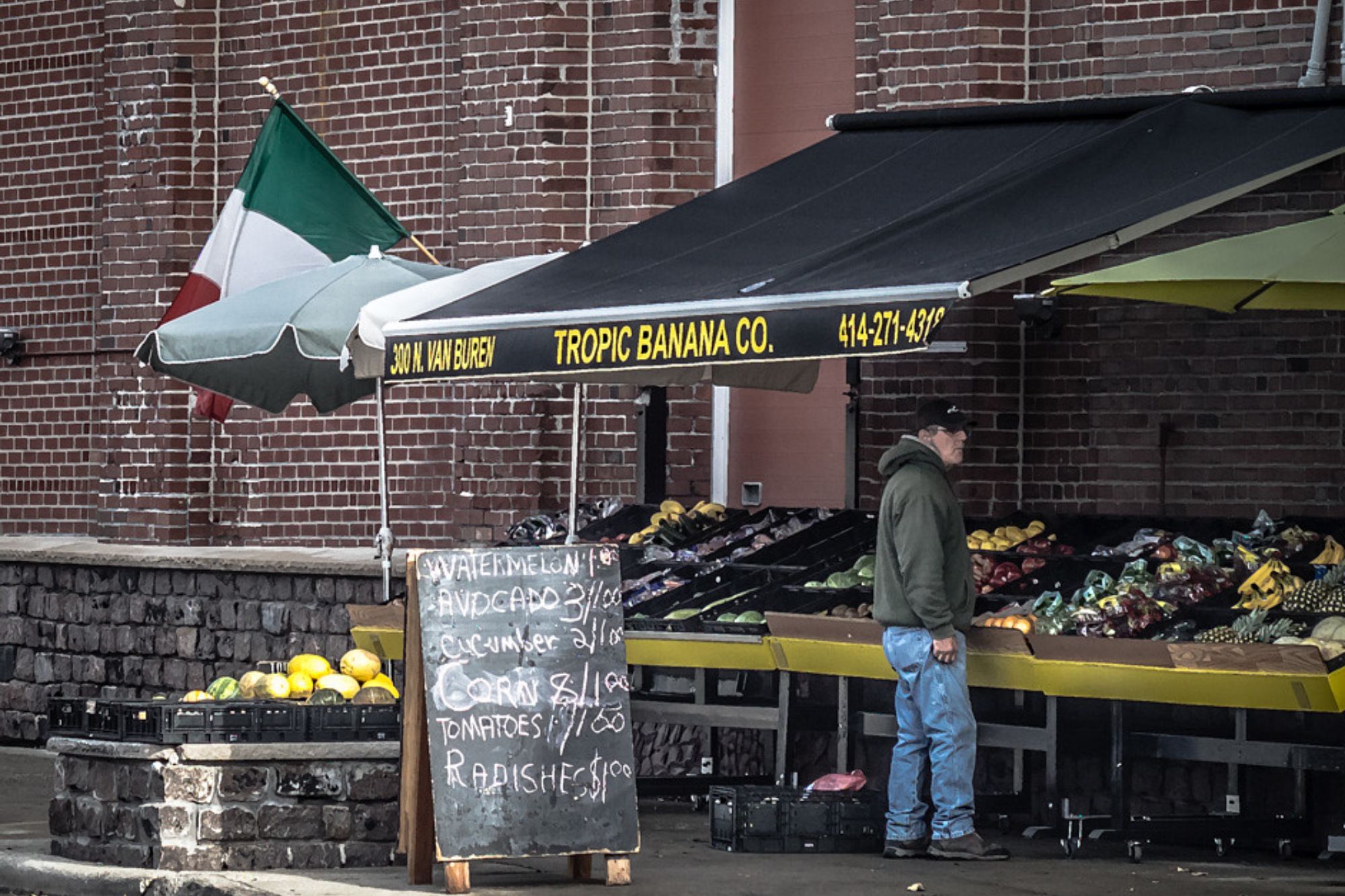
Wisconsin winters don’t deter dedicated local food enthusiasts from supporting regional agriculture. This market moves indoors from November to April, operating every Saturday in the Mitchell Park Domes Annex.
Vendors offer greenhouse salad greens, storage vegetables, frozen fruits, farm-raised meats, and preserved products like jams and pickles throughout the coldest months of the year.
Like Travel Pug’s content? Follow us on MSN.
Sustaining Local Food Systems
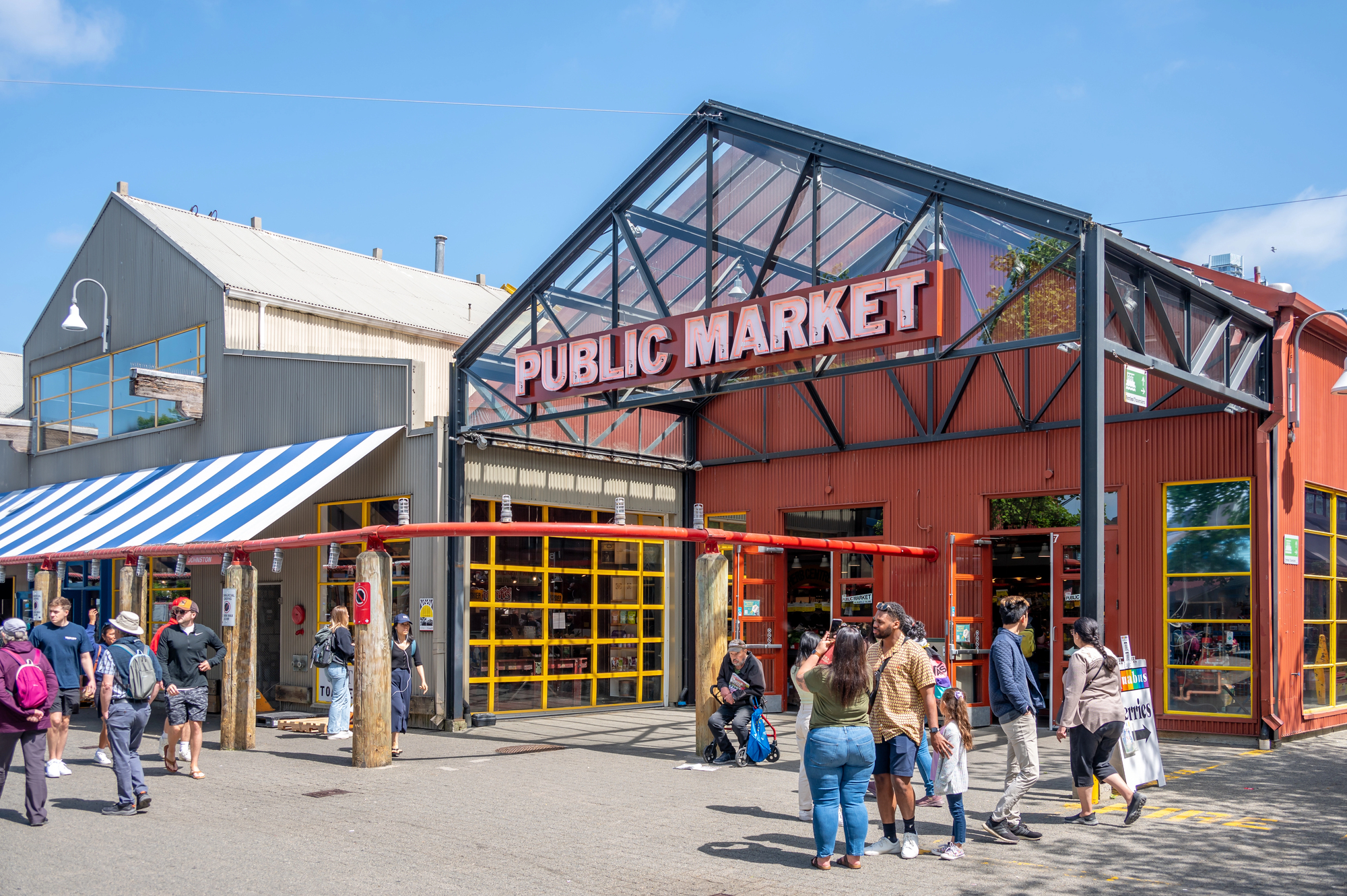
These remarkable year-round markets demonstrate how communities can maintain access to locally produced food regardless of seasonal challenges. Through innovative growing techniques, permanent infrastructure, and dedicated vendors, these markets have transformed the notion that farmers’ markets must be fair-weather operations.
Their persistence strengthens local food security while providing gathering spaces where producers and consumers maintain connections in every season.
More from Travel Pug

- Cities Growing so Fast You Won’t Recognize Them in 10 Years
- 13 Destinations Where Tourists Regularly Regret Their Trip
- 16 U.S. Cities That Are Quietly Becoming Travel Hotspots
- Where to Travel If You Love Long Bus Rides and Daydreams
- 20 Cities Perfect for Solo Travelers Who Crave Adventure & Culture
Like Travel Pug’s content? Follow us on MSN.
